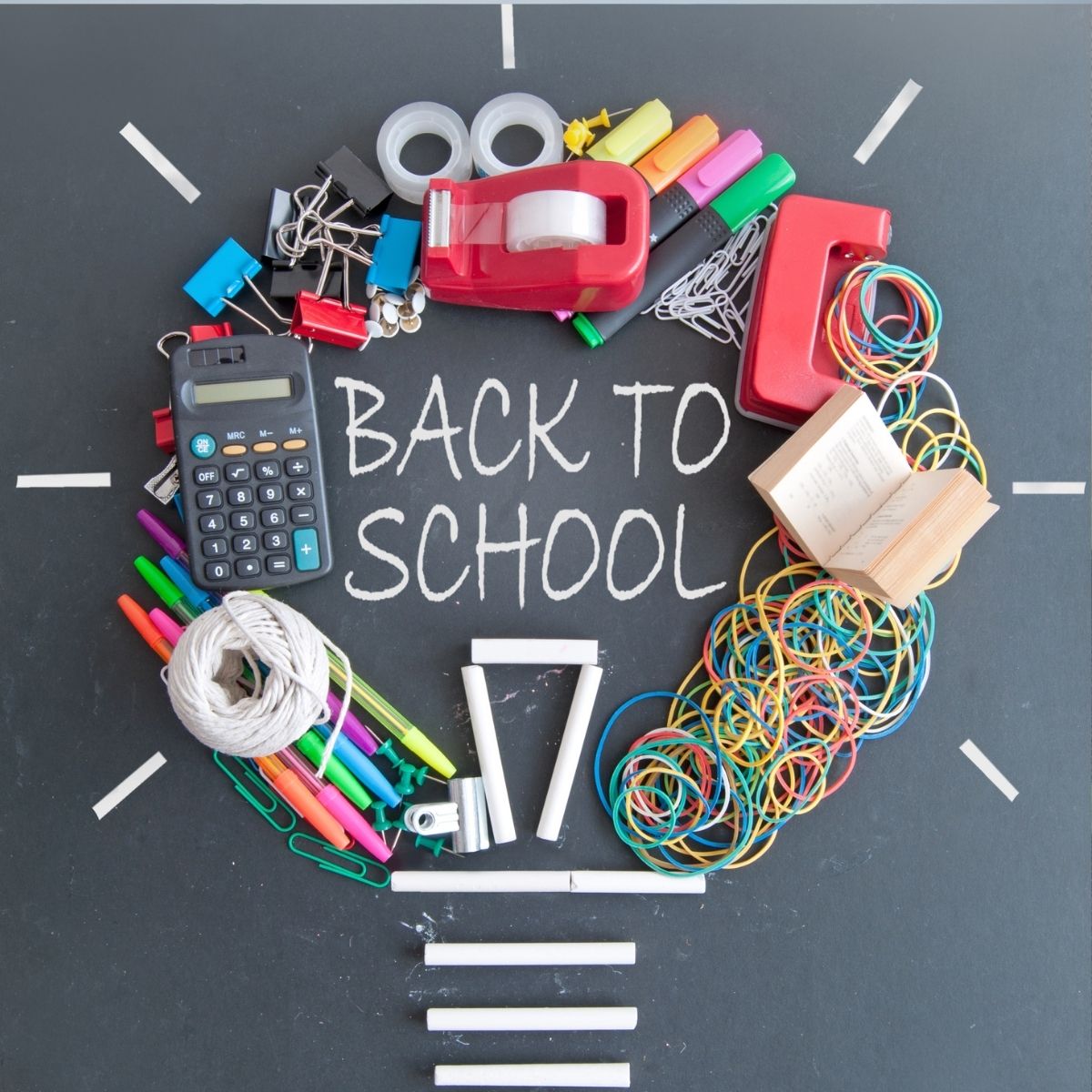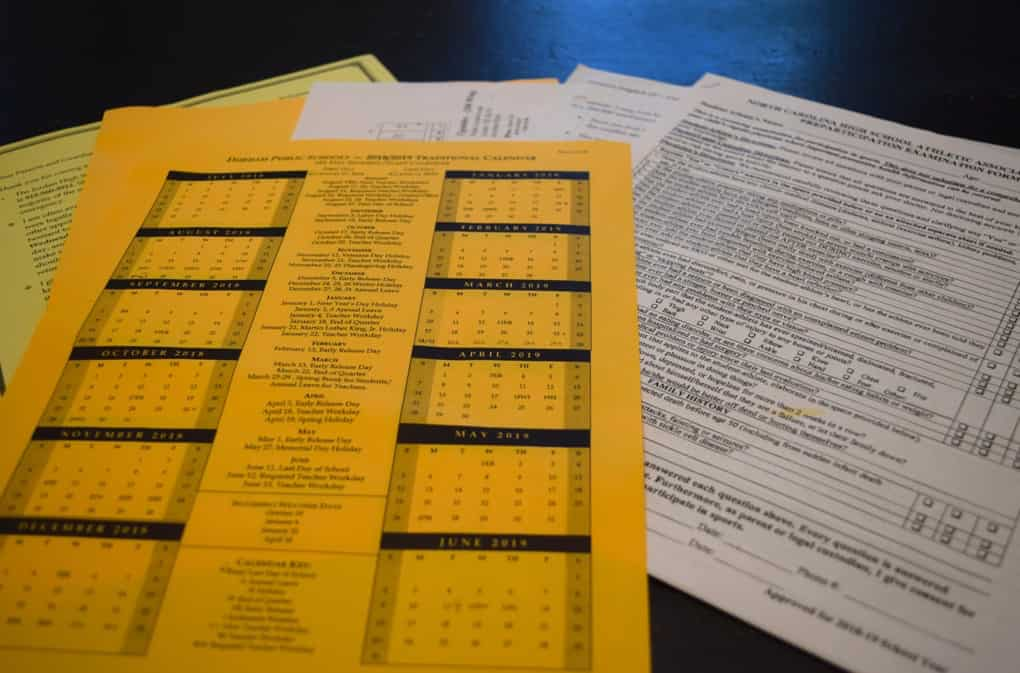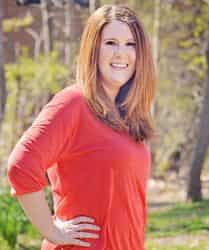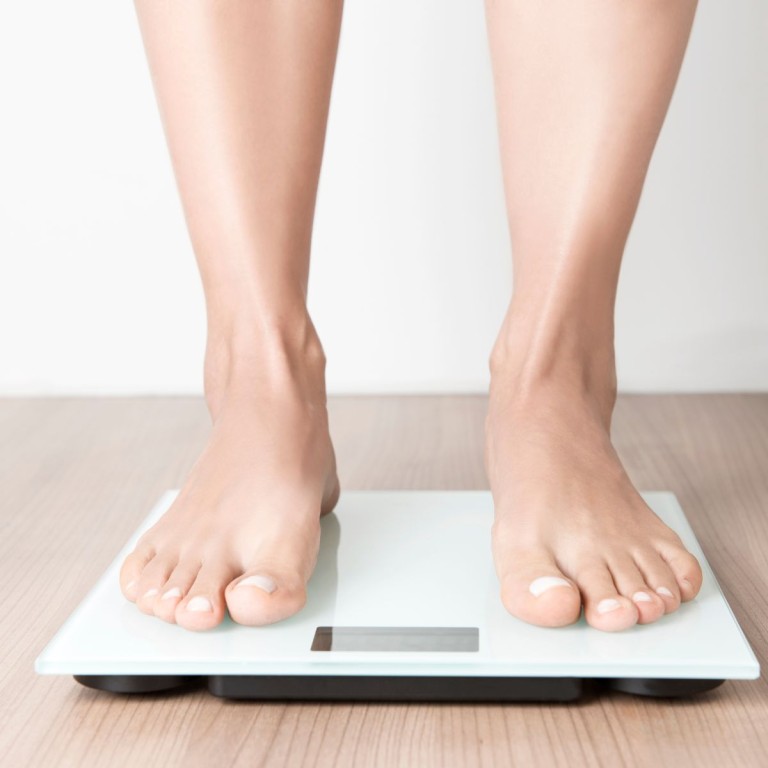Back to School Organizing

How to Save Your Sanity and Your Health.
It’s no secret that this time of year can get crazy with the beginning of the new school year and the start of many activities. That’s why laying a good organizational foundation now will do wonders for your mental health as well as potentially free up precious moments here and there where you can get back into or maintain other healthy habits. To help us wrap our heads around this, I asked professional organizer Jenna Fischer with The Arranged Abode for some back to school organizing tips that will help save your sanity and your health.

Note: As an Amazon Associate I earn from qualifying purchases made through some of the links included on this page. You can read my disclosure policy here.
Peppermint Tea & Me: How important is it to our mental wellbeing that we start out the school year with some type of organizational system for all things school and activity-related?
Jenna Fischer:I would say it’s of the utmost importance. Your physical space really kind of breathes life into and impacts your mental wellbeing. If you are surrounded by physical chaos, your brain kind of turns into that as well. I just think it’s so good to take a little bit of time, invest your time and energy into establishing an organizational system that’s going to keep you going throughout the year. I also think it’s always better to be proactive organizationally as opposed to reactive. It takes a lot longer if you’re reactive and you have to backtrack.

PT&M: What are the different types of categories or piles or messes that can accumulate that have to do with schools or activities?
JF: Paper is always one of them. The forms and all of that. But of course, there’s all of a sudden the book bags, the sports equipment and the band equipment. There’s so many different kinds of categories of things. Even within the categories of papers, there’s permission forms, basic school info like syllabi and activity information forms. It’s very common to get overwhelmed with it.
PT&M: When you have clients in this situation who come to you for help, what is the main complaint that you hear from them?
JF: It’s just the volume. It’s just the influx all at once and it’s like, “Oh my gosh, it’s so busy already and now I have to make time to do this, to go through this. And it’s just one more thing to add on to my ‘to do’ list.” So, it’s really just volume versus time.
PT&M: What is the main thing that you see that people are doing wrong in this area?
JF: You have to create the foundation. You want to create the framework so that you don’t feel bogged down at any point. But quite frankly, the other thing you need to do is to schedule home management time. Whether or not that’s regularly on your calendar or whether it’s the amount of time that you give to it this particular time of year, I think you just need to have a little bit of your own kind of clerical get stuff done time.
I would put time on the calendar or get yourself into a habit of ‘every Saturday morning I spend 15 minutes on this.’ Do it once a week or multiple times a week so you don’t have to do it in such a big chunk or anything like that. But physically schedule it, keep yourself accountable so that there’s no excuses. It’s not fun. But you kind of have to, and the feeling afterward of not having that huge pile will be the reward even though it’s not a fun task.
The other thing too is when papers come in, and this is the same for mail, but when papers come in or kids bring home paperwork, look at it really quickly and just decide, “Do we actually need this, or do I already know this? Do I have access to this online?” If you can immediately throw it in the trash or recycle, that’s going to help at least from the paper clutter standpoint.
PT&M: What are the main steps people can take in getting school and activity organized?
JF: In thinking about papers, look at your categories and decide first and foremost how best to separate things, such as by child or by category – meaning different activities, and different programs and stuff that they’re doing or sports. If children are all in the same activities, it might make sense to do it by child. Or, if you have two different Scouts things going on and one person is in band and one person is in music, maybe it’s better to separate them out categorically.
The other thing that you could kind of create would be like a system where you go through and you look at whatever you have and decide, ‘Is this a 911?’ Is this an ‘I can take care of it in a week?’ Or’ I can take care of it’ in two weeks, a month, or whatever it might be. Looking at what you need to accomplish chronologically and put it in designated piles with labels and create that framework so that you can decide, ‘Okay. This goes directly here. These things need my attention now, and these things could wait until the end of the week.” I think you just want to think about how your brain would work and make it easy for you because everybody is going to take in things in a different way.
PT&M: What about backpacks and school supplies?
JF: If you’re lucky enough to have space in your home, it’s really great to be able to create a drop zone. Not everybody has the space, but make sure there’s something in place that says, ‘Book bags and shoes and stuff go here,’ or they immediately go up to the child’s room – some sort of system so that everyone knows exactly where to put things back.That way, there’s no excuses for anybody.
Be as creative as possible in creating that space. If you can do bookbags in a big basket by the front door, or if it seems logical to put some extra hooks out in the garage on the wall or something like that. Just make sure that you’re thinking of it ahead of time because if you can’t instill it from the beginning of the year, it might not stick.
For school supplies, it’s really going to depend on your space. If there’s an opportunity in that drop zone, that would be a great place to just have a labeled bin that says extra school supplies. You could also think about the top shelf of the pantry. If you’re not using that space for something, put a bin up there and label it. It doesn’t have to be everyday accessible; it just needs to be where you won’t forget it. Also, if you have one of those built-in office nooks that may have cubbies, those are normally really good and accessible for kids to get in and out of. Another idea is that there might be an opportunity for each of your children to have their own school supplies living in a small bin in the bottom of their closets.
PT&M: What about band and sports equipment?
JF: I try to get a lot of my clients on board with empowering their kids in that it’s their item, it’s their responsibility and it needs to go to their room. The other thing too is if you are blessed to have a larger vehicle, there’s maybe an opportunity for some things to stay in the car. Not all things of course but think about if there’s no homework for the night maybe the lunchbox comes in and the bookbag stays in the car. So, I think it’s particular to each family, but it kind of comes back to your stuff, your space and teaching kids where things go.
Even with sports equipment, I believe that everything in your home should have one home. For ease of having a place to put it back to and also just knowing where to find it when you need it, it is good to designate that one particular space. For me, if it’s sports equipment, it would stay in the garage. Even with things that are going to be taken out and put back in every day or a couple of times a day, I just think it’s so much simpler to say, ‘This is the one place where this lives.’
PT&M: Are there any affordable tools or resources that you would recommend?
JF: I don’t think that any of this needs to be expensive. I think if we’re talking about papers, getting something at the dollar store is completely fine. It’s not going to be something that you want to put anything really heavy in, but if you have a desktop and you want to do one bin per child, you could easily find an 8×10, probably three-inch deep basket that would be completely fine. It’s just a matter of putting a label on it and making sure that only specific categories go in there.
If you are creating a drop zone, you can go to Home Depot and get a wall mounted coat rack or something where you have hooks to put coats and bookbags and stuff like that. It’s just a really simple way to maybe utilize a blank wall that didn’t have anything on it and say, ‘This is where the bookbags get hung.’ For your little kiddos, you’ll need to hang it lower because you want them to get in those habits. If you put it four or five feet up, they’re not going to be able to do that. They’re going to throw their stuff on the ground. Also, as I mentioned before, a large basket off Amazon would be pretty inexpensive and all bookbags can go in there.
**My Note: Jenna also recommends file systems for paper that you can hang on the wall. Mardel’s Filetastic Organization Center (affiliate link) and the Scholastic Classroom Resources File Organizer Pocket Chart (affiliate link) are great for this.
Bottom line, the sooner that you can lay the organizational foundation for the year, the sooner the whole family can contribute to helping keep all things school and activity-related in order. Afterall, the ultimate goal is to teach your kids to be self-sufficient – right? A good organizational system not only teaches them skills that will be useful later on, it also provides the framework for them to start being more responsible for themselves, which is good for them and your overall health and wellbeing as well.






